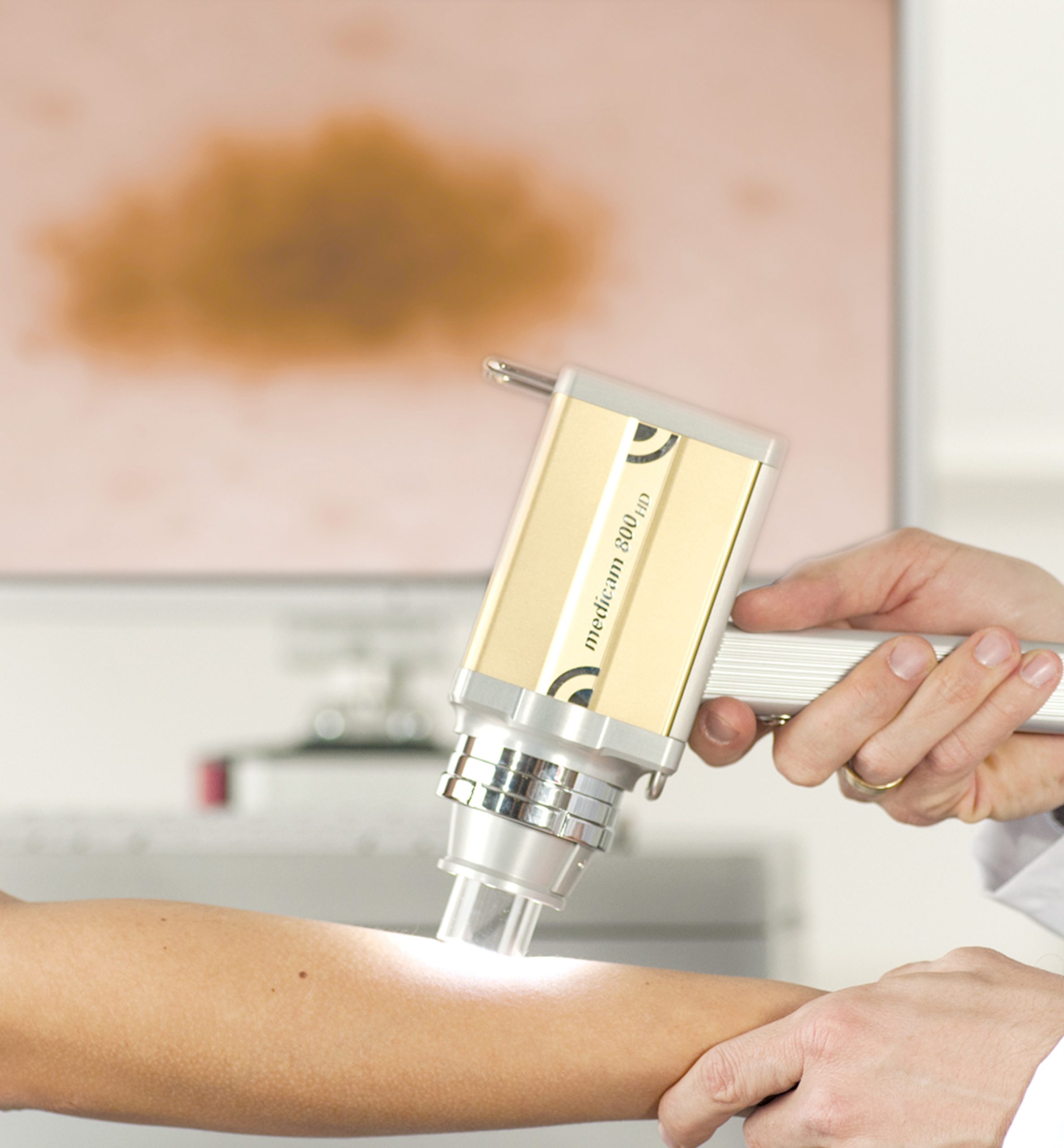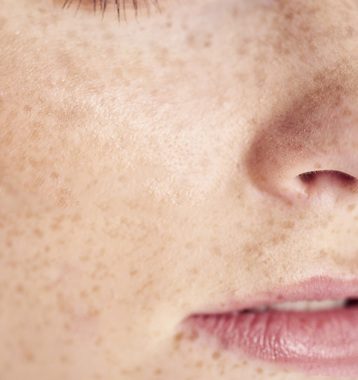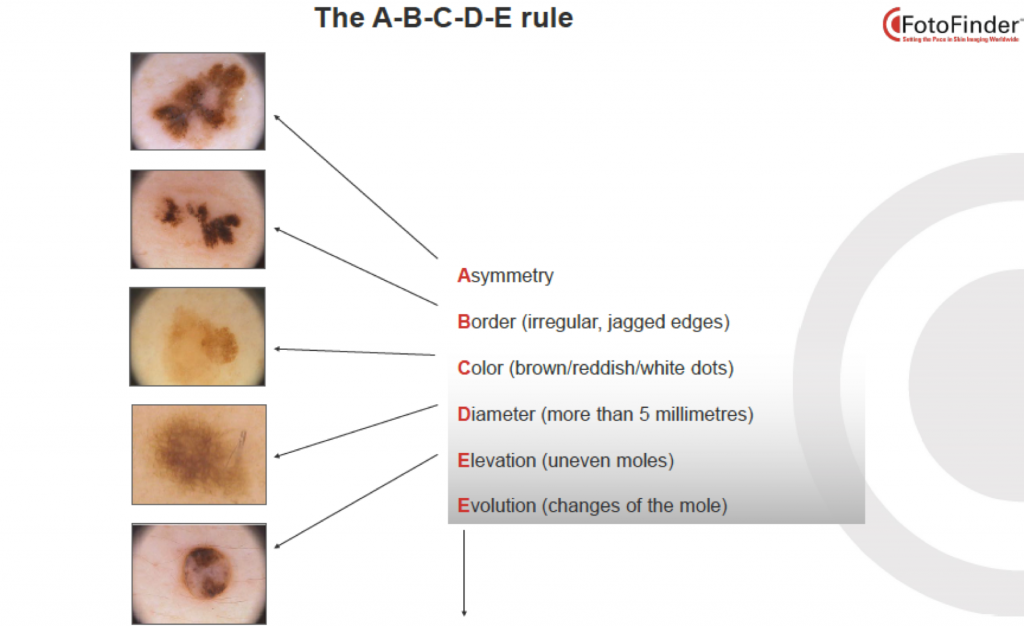Actinic keratosis is the most common precancerous lesion of the skin, induced by sun exposure. It looks like a reddish plaque with fine scales. With time, it may get more infiltrated and hyperkeratotic with thick scales and crusts. Actinic keratoses develop on sun exposed areas of the skin. Besides the visible lesions there are also a multitude of invisible, subclinical lesions that will further appear during time, thus justifying the modern definition of field cancerization to describe the exact extent of the cancerization process. If untreated some can resolve but others may further progress to infiltrating squamous cell carcinoma.
In recent years, a multitude of innovative topical treatments and non-surgical procedures such as photodynamic treatment have revolutionized the treatment algorithm.
After thorough clinical evaluation and consultation, we offer a patient-tailored treatment in line with major international guidelines, carefully selected from a wide selection of innovative non-surgical treatments such as photodynamic therapy, topical imiquimod, topical ingenol mebutate etc.















You must be logged in to post a comment.